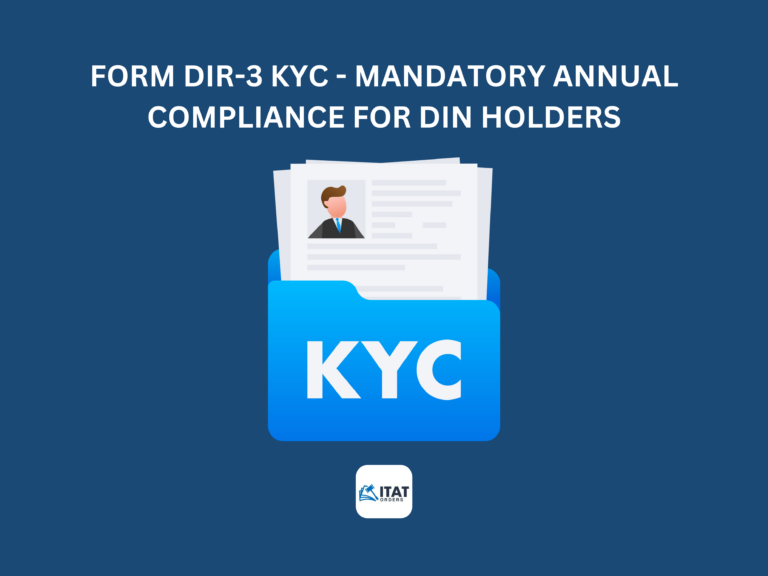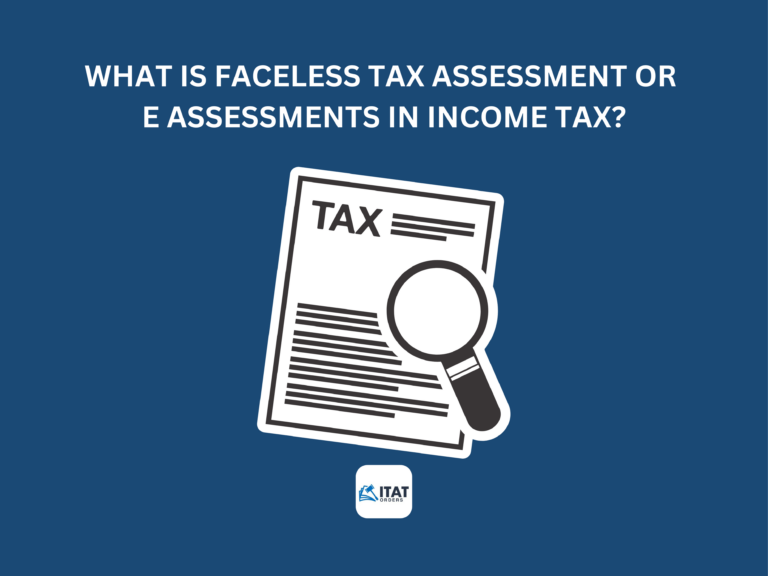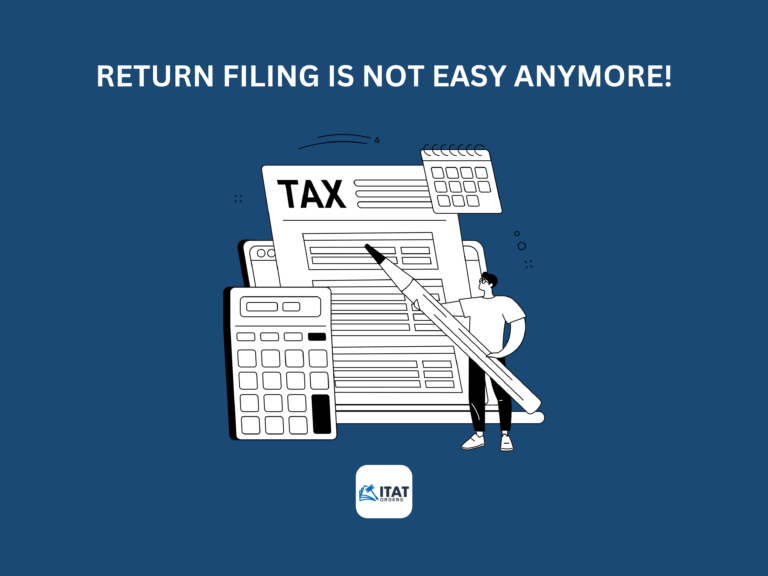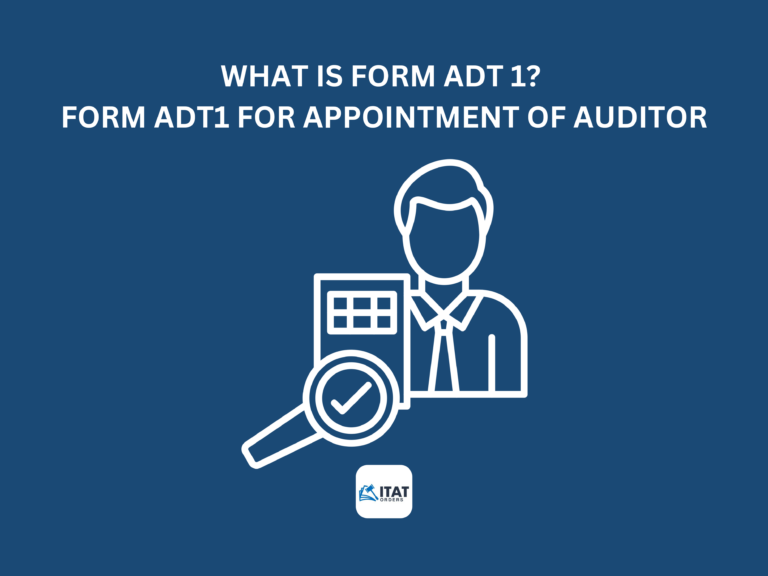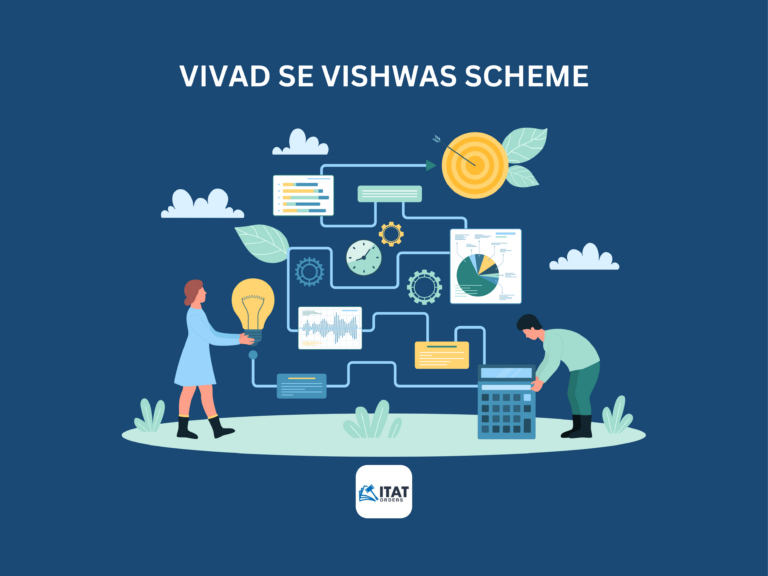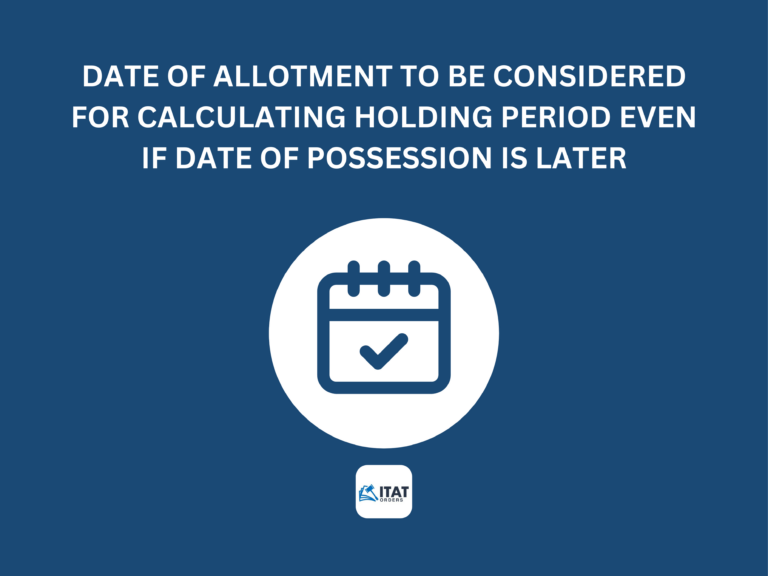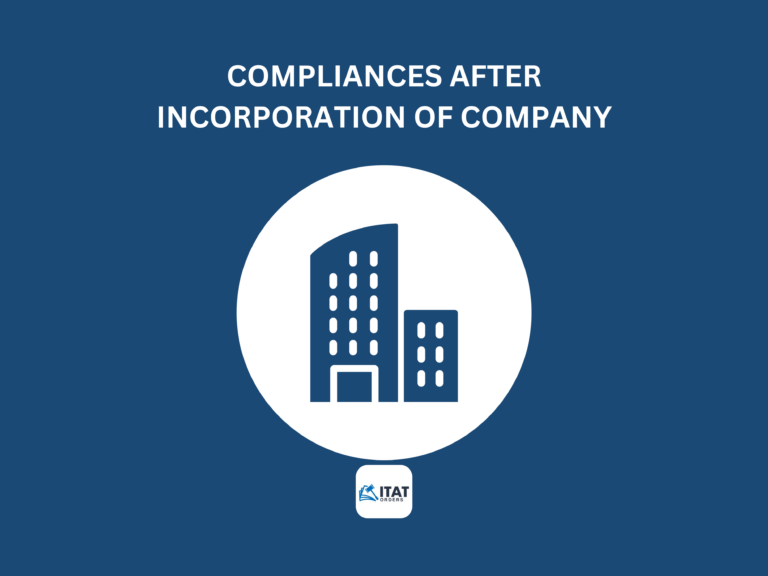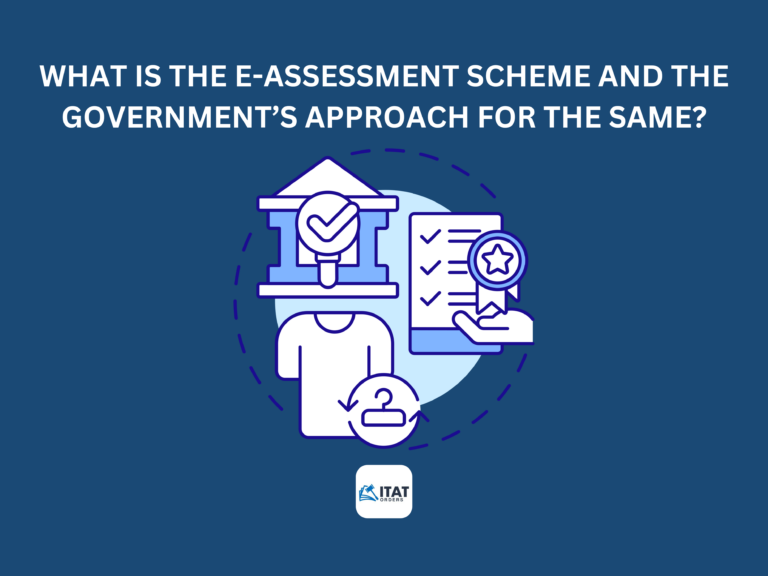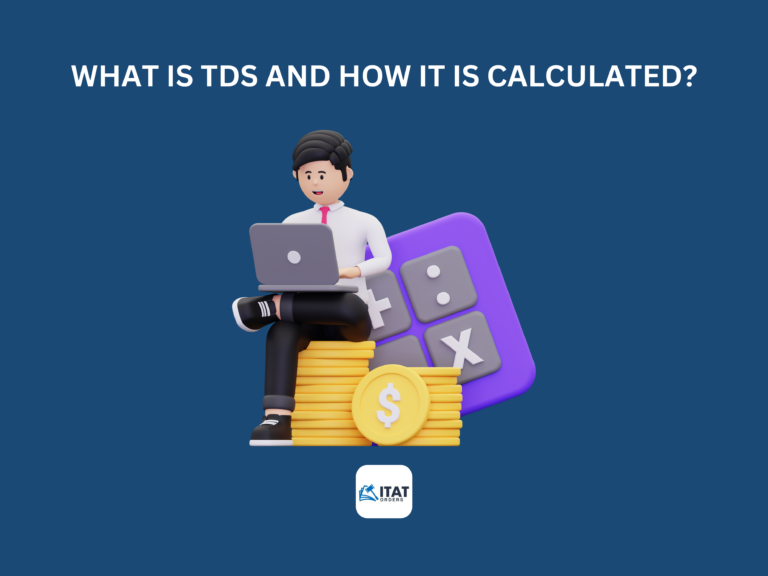What Is DIR-3 KYC Form?
DIR-3 KYC is an annual e-form which is to be filed by every Director/Partners/Designated Partners who has been allotted a ‘Director Identification Number’ (DIN) as on 31st March of a financial year and is to be submitted as an e-form DIR-3-KYC to the Central Government on or before 30th September of immediate next financial year. The concept and compliance requirements of a Director KYC was introduced in 2018 w.e.f. 10.07.2018 through the new Rule “12A” inserted by MCA. As per Rule 12A of the Companies (Appointment and Qualification of Directors) Rules 2014,“Every individual who holds a Director Identification Number (DIN) as on 31st March of a financial year as per these rules shall, submit e-form DIR-3-KYC for the said financial year to the Central Government on or before 30th September of immediate next financial year.
Provided that every individual who has already been allotted a Director Identification Number (DIN) as at 31st March, 2018, shall submit e-form DIR-3 KYC on or before 5th October, 2018.”
Provided further that where an individual who has already submitted e-form DIR-3 KYC in relation to any previous financial year, submits web-form DIR-3 KYC-WEB through the web service in relation to any subsequent financial year it shall be deemed to be compliance of the provisions of this rule for the said financial year.
Provided also that in case an individual desires to update his personal mobile or the e-mail address, as the case may be, he shall update the same by submitting e-form DIR-3 KYC only.”
Explanation
- Filing of e-form DIR-3 KYC is an annual compliance which has to be compulsorily adhered to in every financial year, where any individual hold DIN on 31st March of that financial year.
- Where a DIN Holder has already filed e-form DIR-3 KYC in the previous financial year and there are no details to be updated, they only need to submit web-form DIR-3 KYC-WEB through the web service.
- In case an individual desires to update his personal mobile number or the e-mail address, he is required to file DIR-6 before submitting DIR-3 KYC for updating their particulars.
ORIGINAL AND REVISED DUE DATES FOR F.Y.2018-19
Provided that every individual who has already been allotted a Director Identification Number (DIN) as at 31st March, 2018, shall submit e-form DIR-3 KYC on or before 5th October, 2018.”DUE DATE FOR F.Y.2019-20
The original due date for every financial year to submit and upload e-form DIR-3 KYC form is 30th September of the immediate succeeding financial year.CONSEQUENCES OF NOT FILING DIR-3 KYC
On the expiry of due date for filing of DIR-3 KYC, all the Approved DIN will be marked “Deactivated” with reason of ‘Not filing of DIR-3 KYC’. Penalty of Rs. 5,000/- shall also be levied on the expiry of the due date. RELIEF: DIRECTOR KYC AND COMPANIES FRESH START SCHEME, 2020 (CFSS-2020) Owing to the financial discomfort and distress to Companies caused by the global pandemic Covid-19, a series of measures have been taken by MCA in the form of extensions of due date to reduce the compliance burden of Companies Act,2013 .The General Circular No. 11/ 2020 dated 24th March, 2020 reads:
“No additional fees shall be charged for late filing during a moratorium period from 01st April to 30th September 2020, in respect of any document, return, statement etc., required to be filed in the MCA-21 Registry, irrespective of its due date, which will not only reduce the compliance burden, including financial burden of companies/LLPs at large, but also enable long-standing non-compliant companies/ LLPs to make a ‘fresh start’. The Circulars specifying detailed requirements in this regard are being issued separately.”
Crux of the scheme:
A moratorium period from 1st April, 2010 to 30th September, 2020, has been provided by MCA, by which no additional fess shall be charged for late filing during the said moratorium period.
To file DIR-3KYC: Extended timelines between 1st April 2020 and 30th September 2020 is provided by MCA for the director whose DIN is deactivated to come forward and file DIR-3KYC/DIR-3 KYC-Web. The late filing fee of Rs 5,000 will not apply.
Since it is aforesaid that DIR-3 KYC only came into force and implementation since July, 2018, it implies that any default in non-compliance of DIR-3 KYC in the year Financial Year 2018-19 can be made good without paying the late filing fee of Rs. 5,000 which is usually levied by MCA under normal circumstances. This relaxation has been only provided for the time being looking at the Covid-19 crisis and in the moratorium period specified above. Any default in compliance subsequent to this period will attract the original penalty of Rs. 5,000.REQUIREMENTS FOR FILING DIR-3 KYC FORM
For filing your DIR 3 -KYC form, the DIN holder will need the following documents:-
- Details of Nationality and Citizenship details like gender, and date of birth.
- Permanent Account Number (PAN)
- Voters Identity card
- Passport (mandatory if a foreign national is holding a DIN)
- Driving License
- Aadhaar card
- Personal Mobile
- Personal Email Address
- Residential address.
